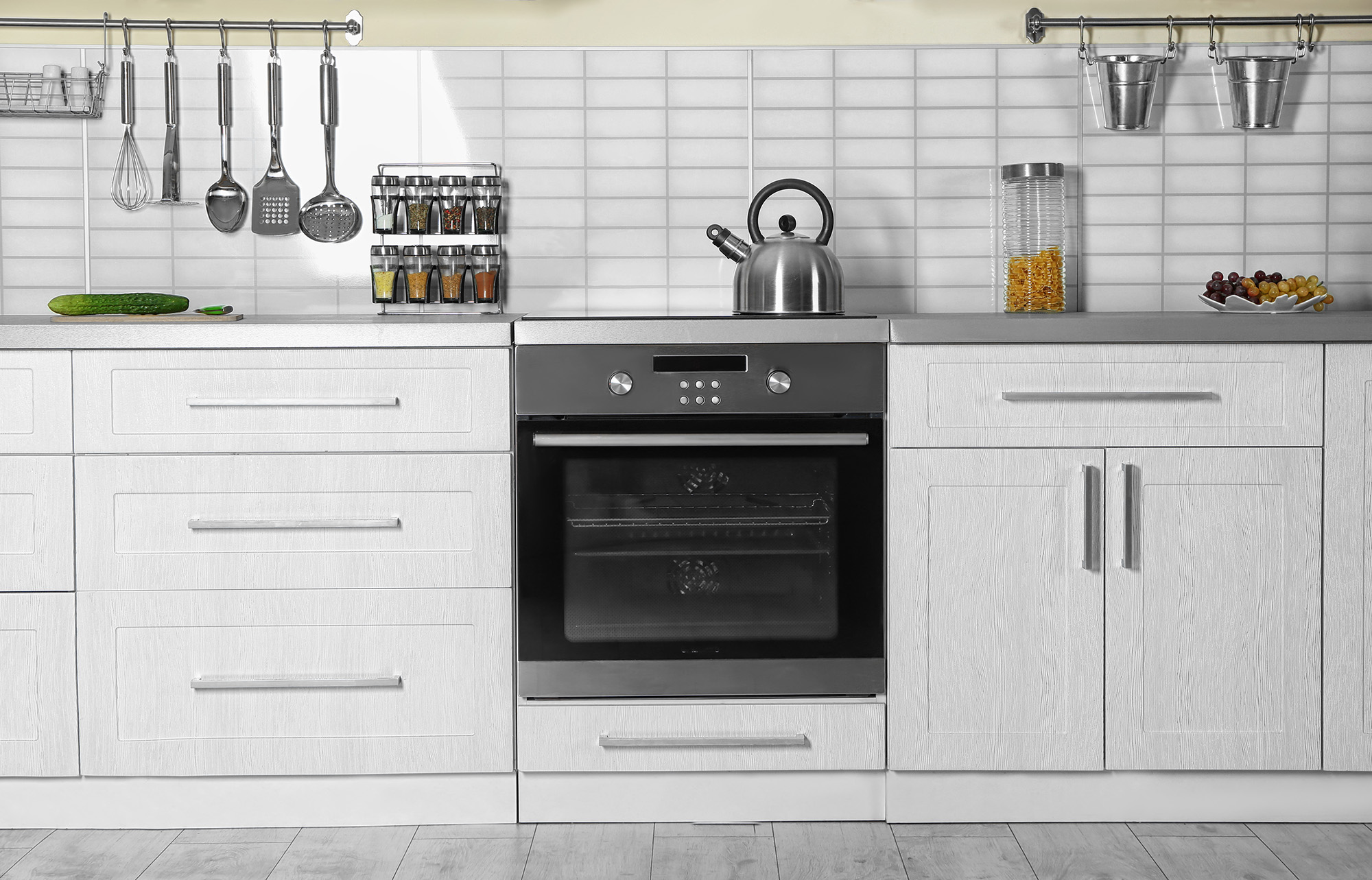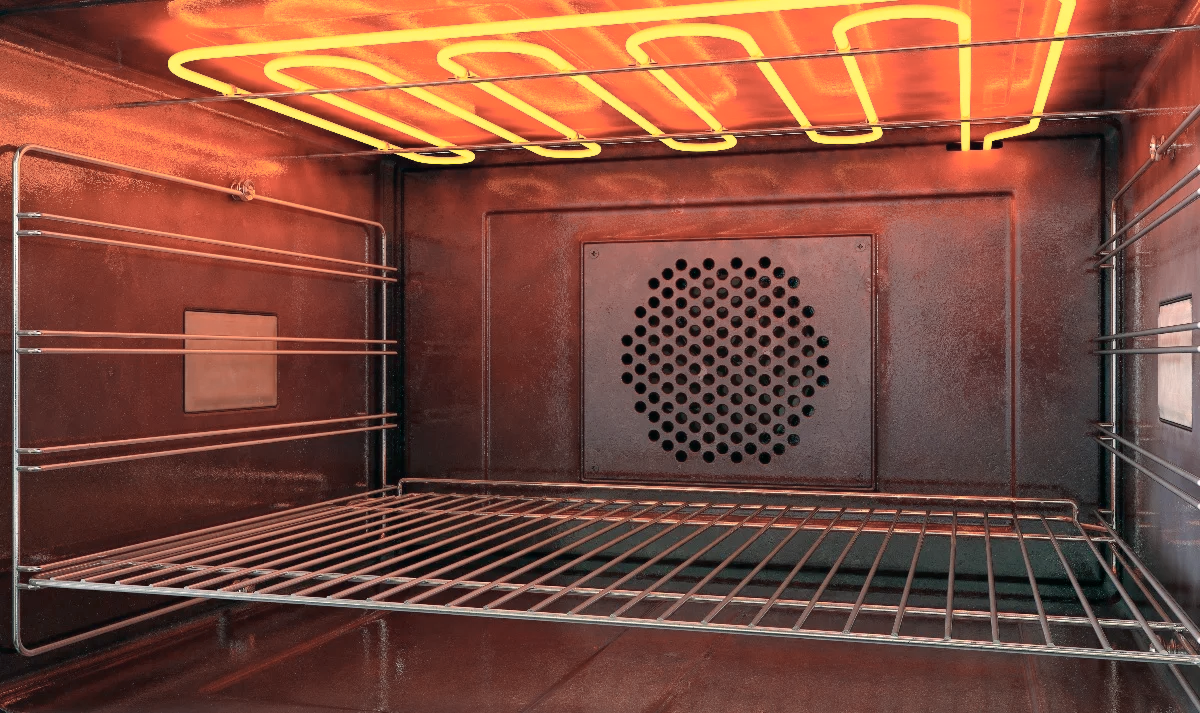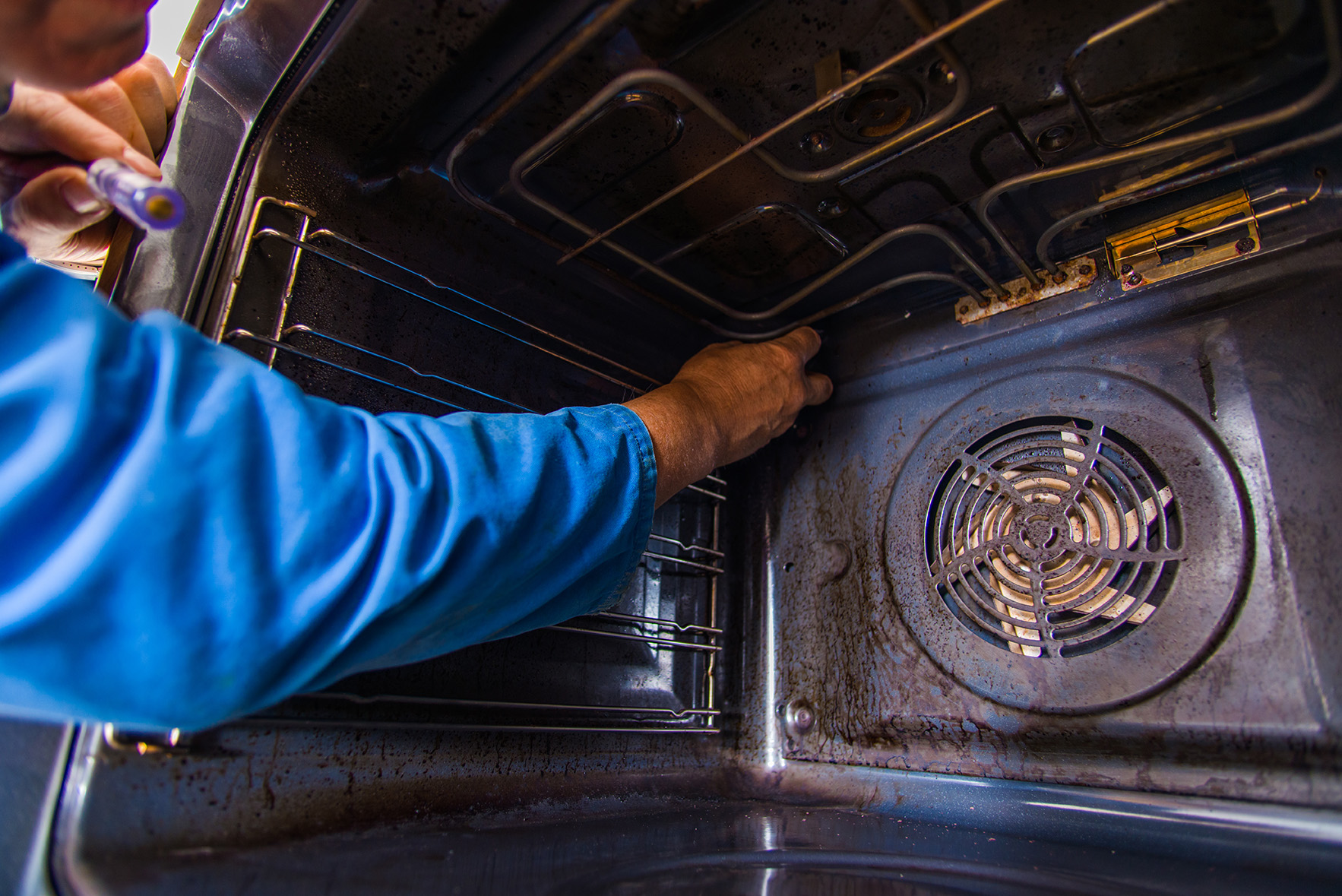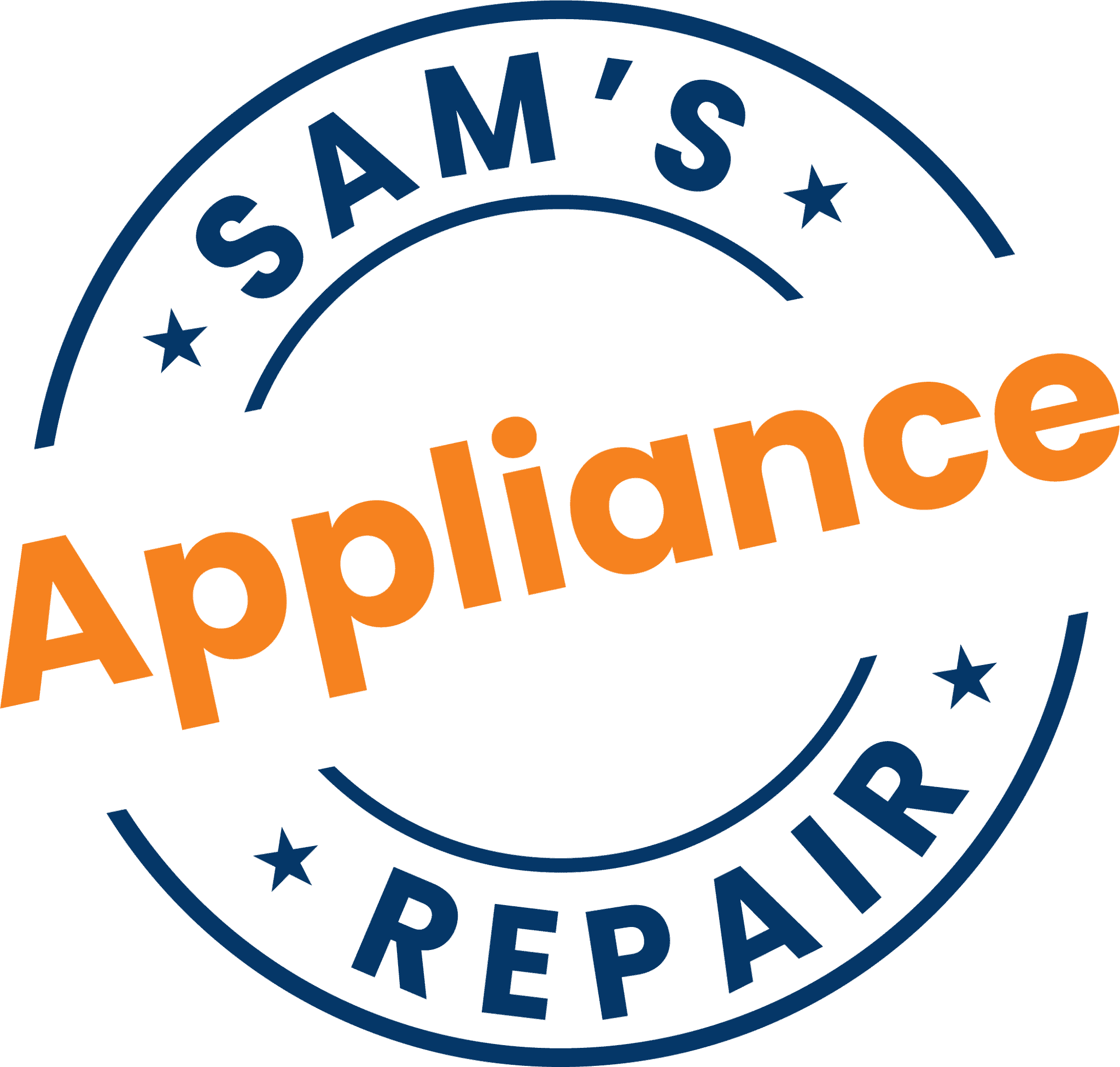How to Properly Clean and Maintain Your Oven and Stove
Last year we completed over 500 stove and oven repairs across Alliance, Canton, and nearly every community in between, and as any of our appliance techs can tell you, one of the most overlooked aspects of keeping your kitchen running smoothly is proper oven and stove maintenance.
In this guide, we’ll outline our recommendations for basic upkeep of your stove and oven, how to clean the cooktop and interior, care for gas and electric components safely, use (or avoid) the self-clean cycle, and spot early warning signs before they turn into service calls.

TL;DR (30 seconds)
- Wipe glass tops and grates after cool-down to prevent baked-on residue
- Soak gas grates/caps in warm, soapy water; dry fully before relighting
- Clean the oven monthly (manual clean or approved cleaner; use self-clean sparingly)
- Inspect the door gasket and replace if cracked, flattened, or frayed
- Keep flames blue on gas; yellow flames signal cleaning/airflow issues
- Keep vents clear; avoid foil/liners that block airflow and sensors
Clean the Cooktop the Right Way
Surface spills turn into hard deposits that cause hot spots, discolor glass tops, and clog gas ports. Let the surface cool, then clean after every use.
- Use non-abrasive cooktop cleaner like Weiman Cooktop and Stovetop Cleaner and a microfiber cloth on glass/ceramic tops
- Every so often, remove gas grates/caps, soak in warm soapy water, scrub with a soft brush, and let dry completely
- Clean the gas burner ports gently with a soft brush or toothpick (never enlarge ports)
Clean the Oven Interior
Baked-on splatter affects temperature regulation, adds smoke, and can shorten component life. You don’t need harsh methods to keep it under control.
- Do a monthly manual clean with a baking-soda paste or an oven-safe cleaner per the manual
- Catch drips by placing a sheet pan on a lower rack (never on the oven floor)
- Avoid aluminum foil on the oven floor; it can damage liners and restrict airflow

Self-Clean Cycles: Use With Care
Self-clean cycles run extremely hot and can stress older components. They’re useful, just be smart about timing and prep.
- Ventilate the kitchen, remove items your manual specifies, and schedule when you won’t need the oven for 24–48 hours
- Don’t run self-clean right before holidays; we see a spike in control-board and thermal-fuse failures afterward
- Favor manual cleaning on older units or if you’ve had past issues during self-clean
Check Seals, Burners, and Vents
Small issues compound into bigger failures if ignored. A quick visual inspection prevents many service calls.
- Inspect the door gasket; replace if cracked, frayed, or flattened to maintain proper heat retention
- Confirm gas flames burn steady blue; persistent yellow/orange may indicate dirty burners or airflow issues
- Keep vents and fan inlets clear; blocked airflow leads to poor baking and overheating
Simple Maintenance Cadence
A light schedule keeps things predictable and safer.
- Monthly: Wipe gasket and glass; clean knobs/controls; manual oven clean if needed
- Quarterly: Check burner ports; confirm levelness and anti-tip bracket; clear oven vents

When to Call a Pro
Some symptoms indicate a deeper fault that needs proper diagnostics and safe handling.
- Oven won’t reach or hold temperature
- Uneven baking persists after cleaning
- Burners won’t light or flames stay yellow after you’ve cleaned ports and ensured airflow
- Persistent smoke/odors, tripped breakers, error codes, or visible element/igniter damage
- You need model-specific appliance repair parts or control diagnostics
If you’re facing a stubborn issue, or want a professional appliance inspection, our team is always here to help. Give us a call or send us a message any time.
